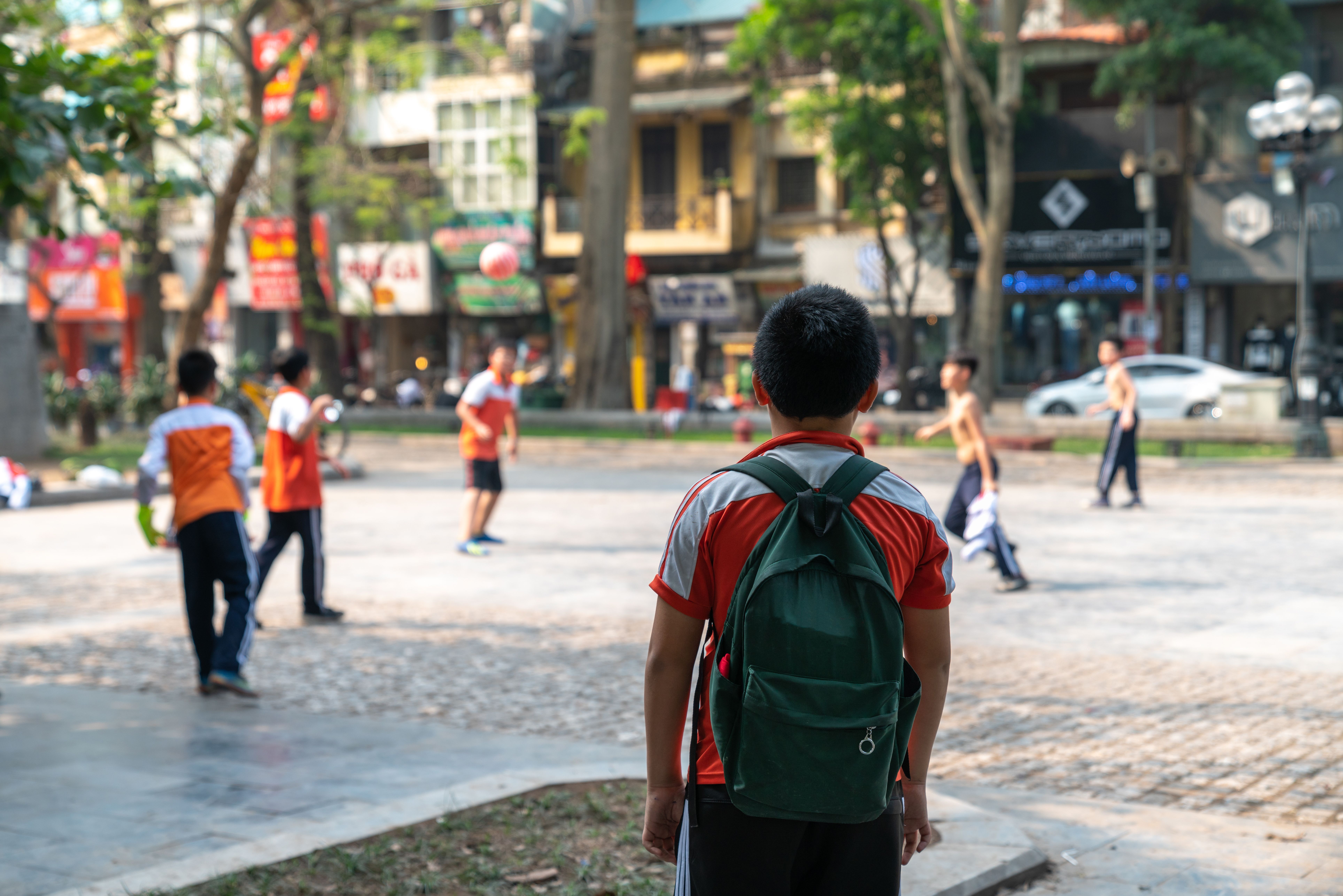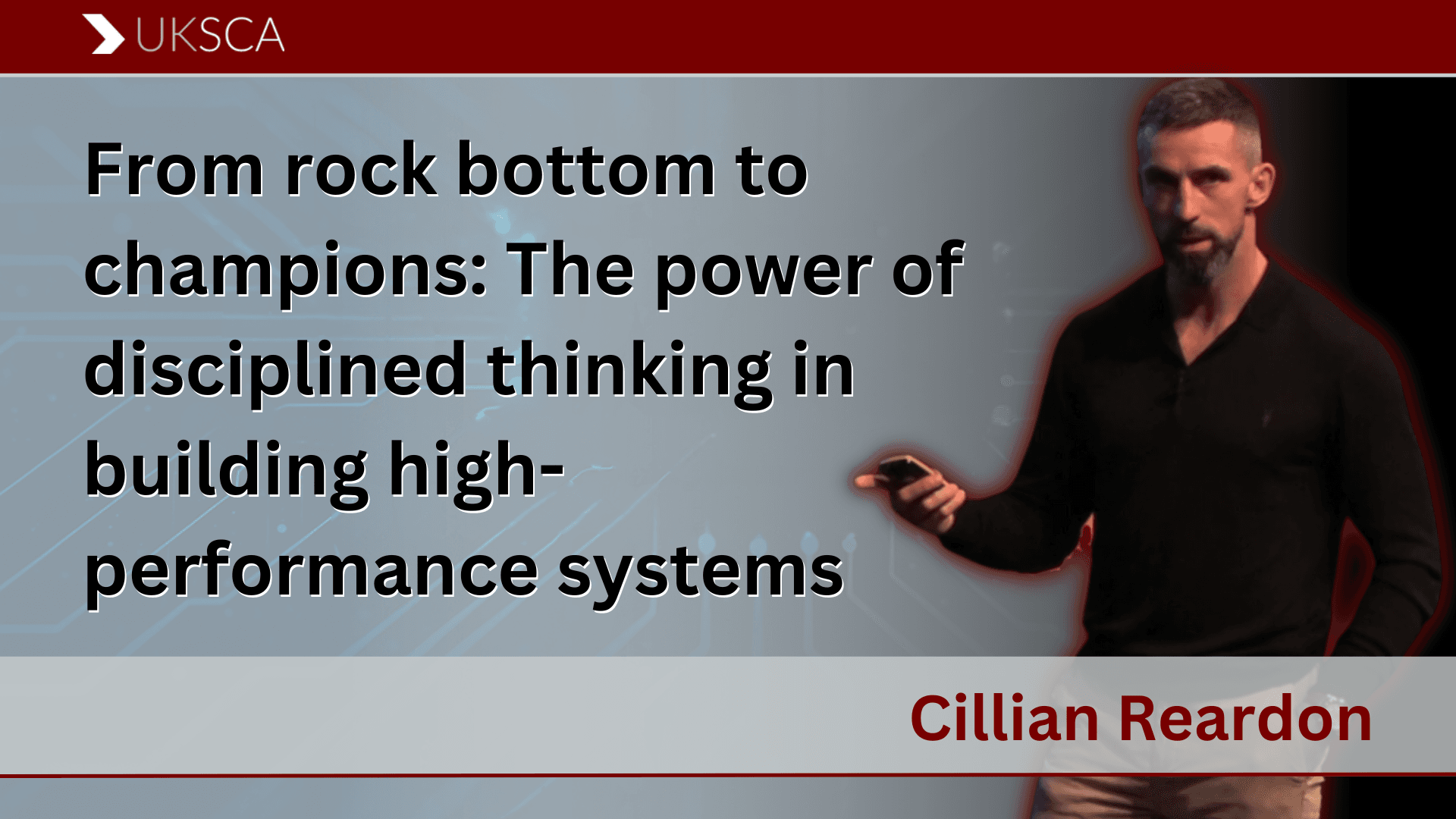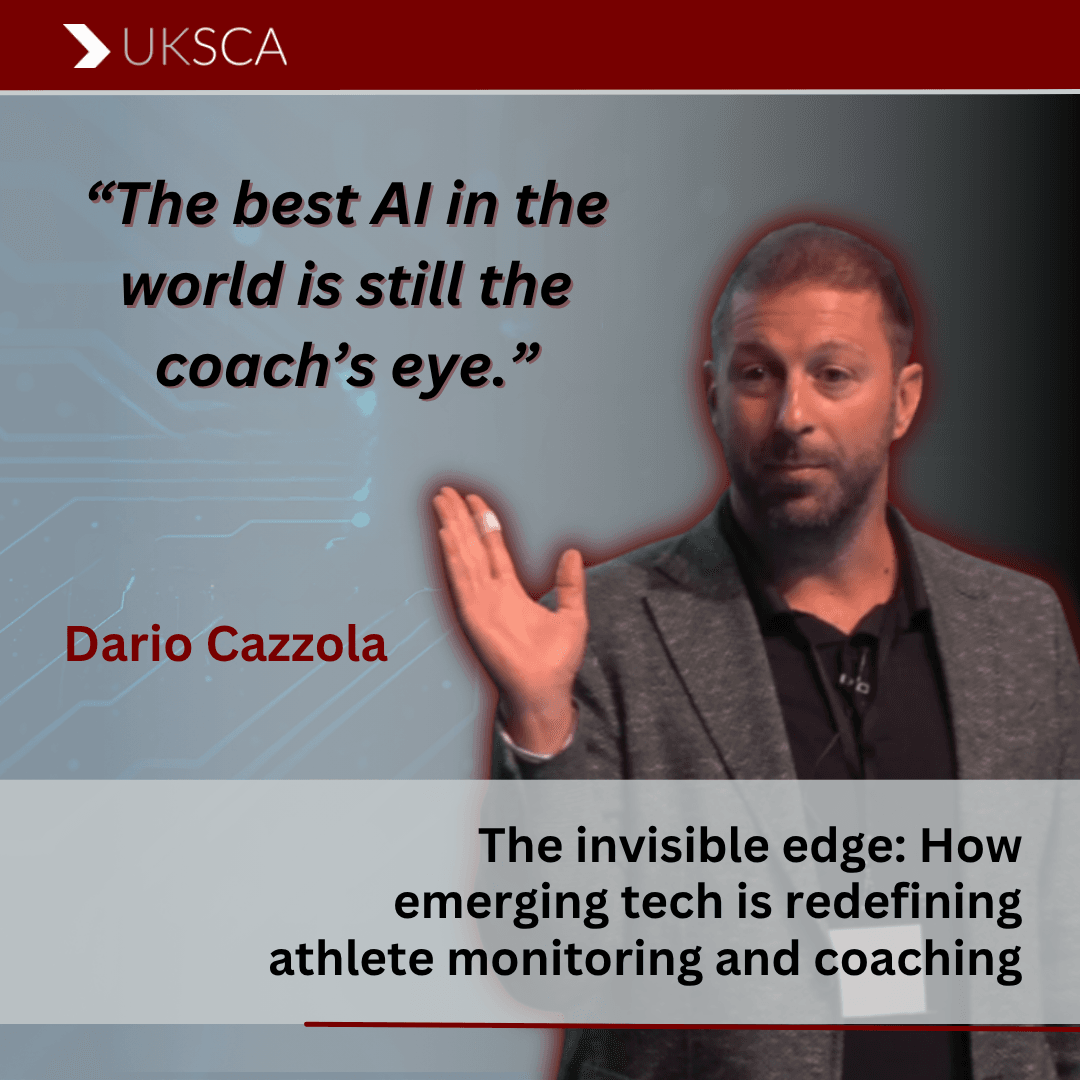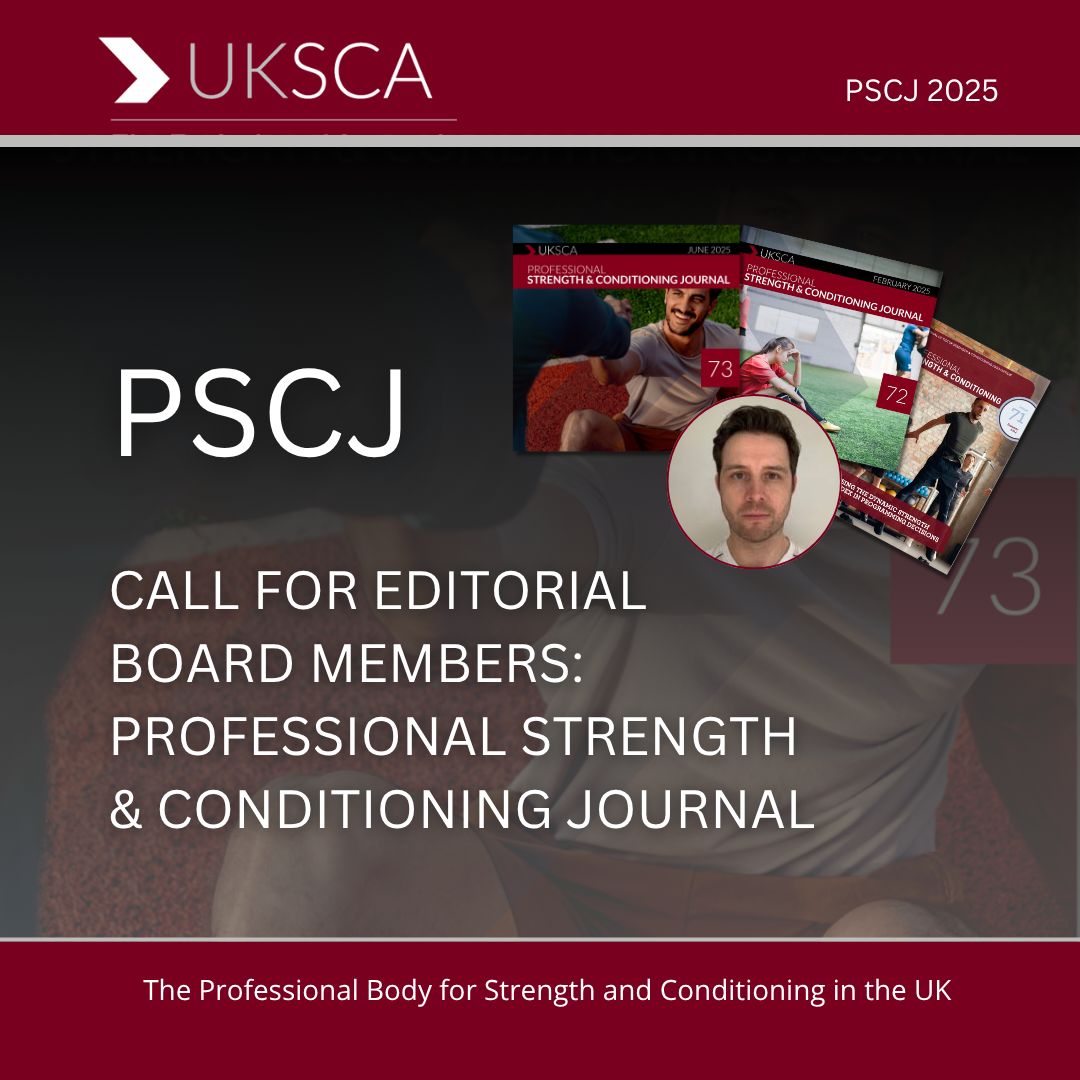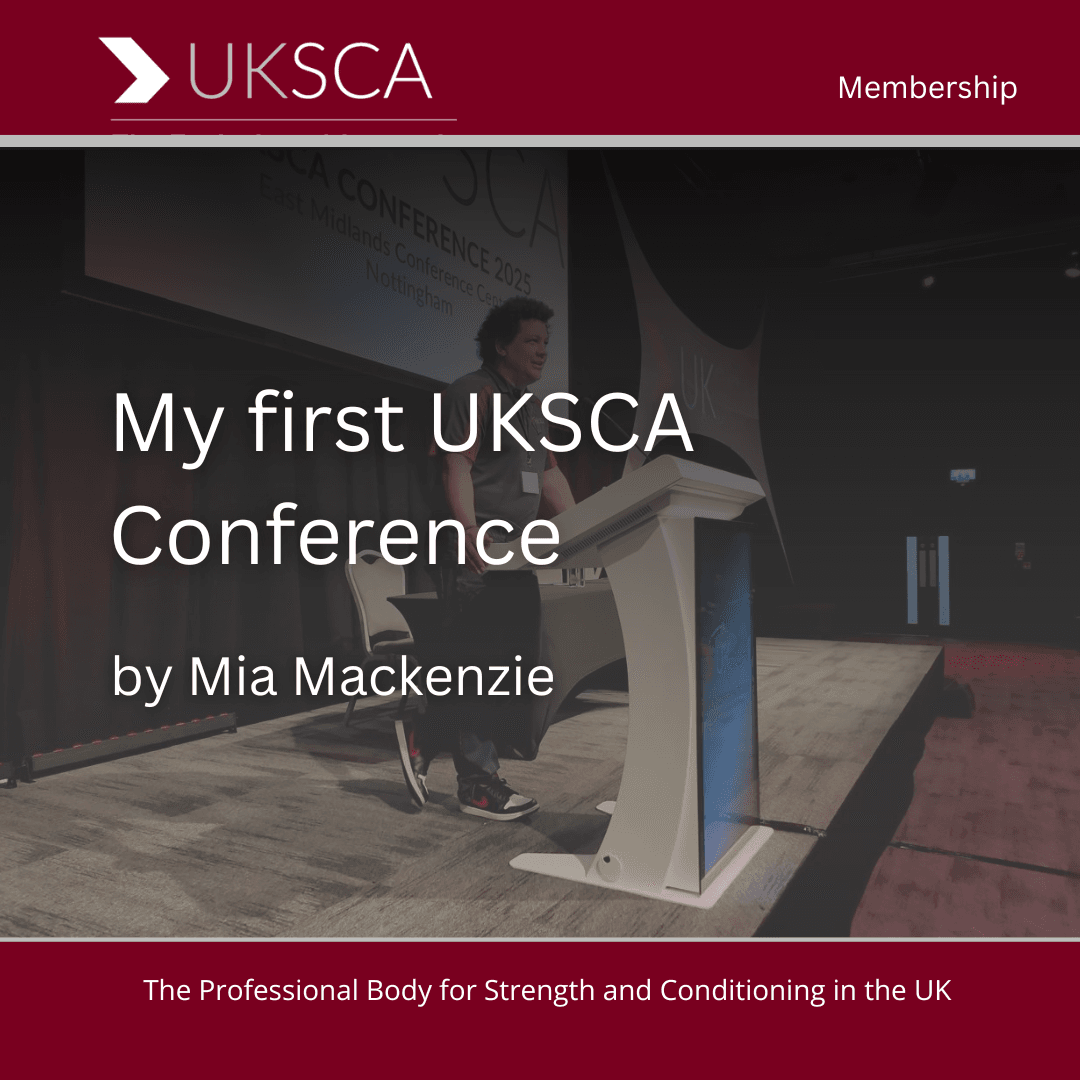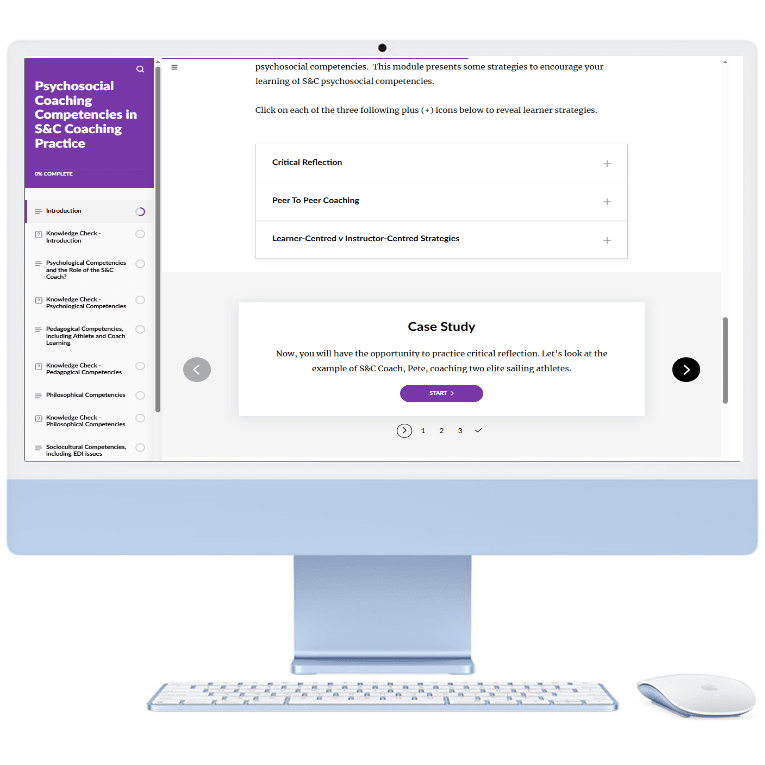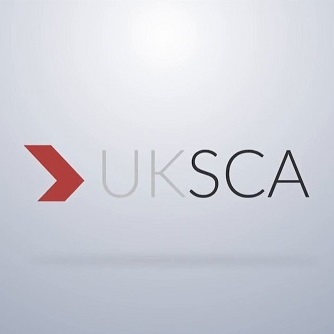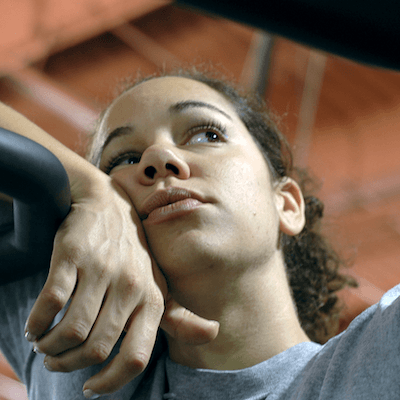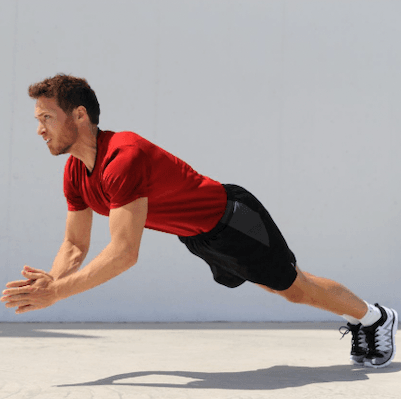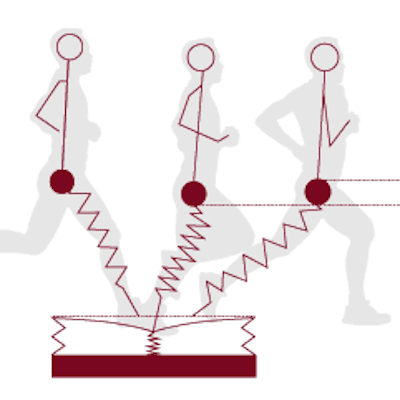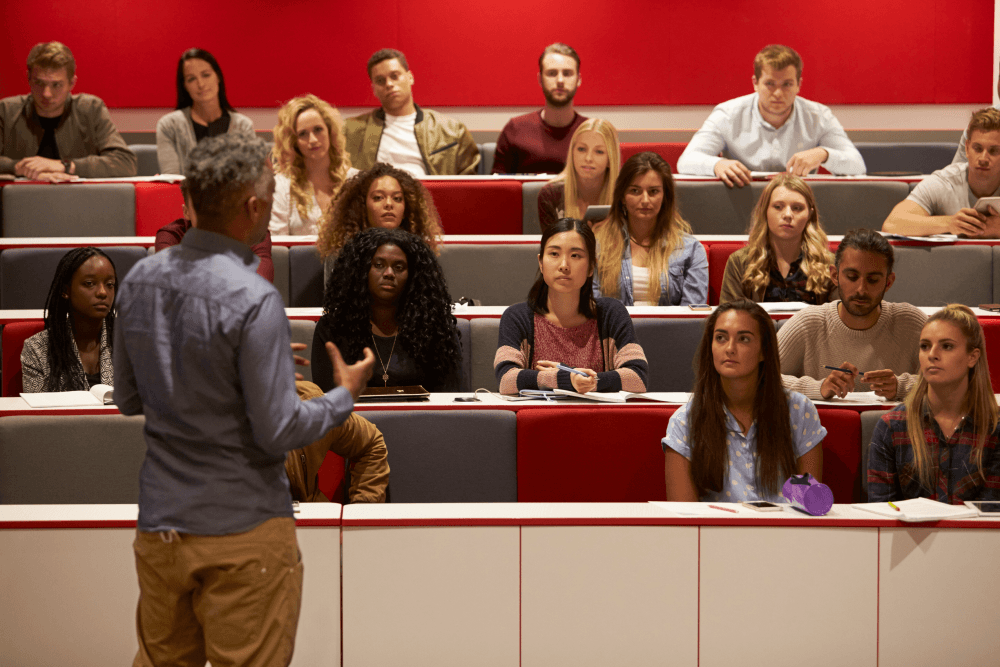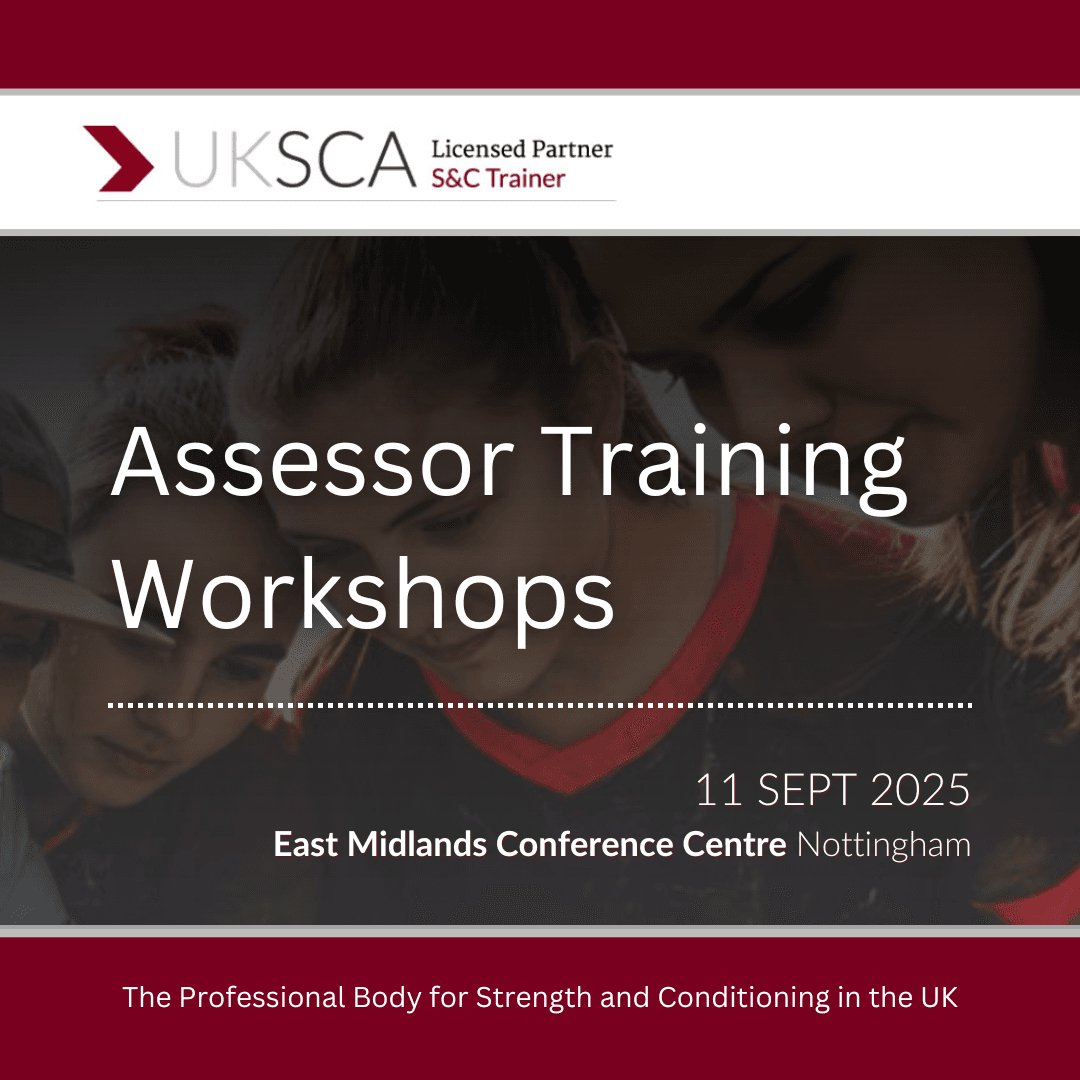


By Isaac O Hay1, Louis P Howe2 and Rik W Mellor1
1 School of Sport, Exercise & Applied Science, St Mary’s University, Twickenham; 2School of Sport, Rehabilitation & Exercise Science, University of Essex
Autism spectrum disorder (ASD) is a lifelong neurodevelopmental condition that presents in varied ways: every autistic individual displays a unique combination of social, emotional and behavioural traits. The condition is characterised by persistent difficulties in social communication, sensory sensitivities, repetitive behaviours and often, co-occurring conditions such as developmental coordination disorder (DCD). For strength and conditioning (S&C) coaches, an understanding of these complexities is essential to design and deliver inclusive and effective training programmes for autistic individuals.
Autistic people have always been expected to fit into a neurotypical world. We recommend that, if you have the privilege of coaching the autistic population, you should try to break the mould and try to see the world from their perspective, for a change.
Despite growing awareness, autistic individuals remain underrepresented in S&C literature, so the aim of this article is to offer practical guidance to coaches working with this population.
We start with an exploration of the impact autism has on movement, communication and engagement with physical activity. Many autistic individuals experience hypotonia (reduced muscle strength), poor motor planning and sensory processing challenges, all of which affect balance, coordination and movement efficiency. These factors, combined with lower levels of physical activity, increase health risks and often contribute to a reduced baseline of physical fitness.
Autistic children are 60% less likely than other children to participate in regular physical activity and consequently are 72% more likely to be obese.
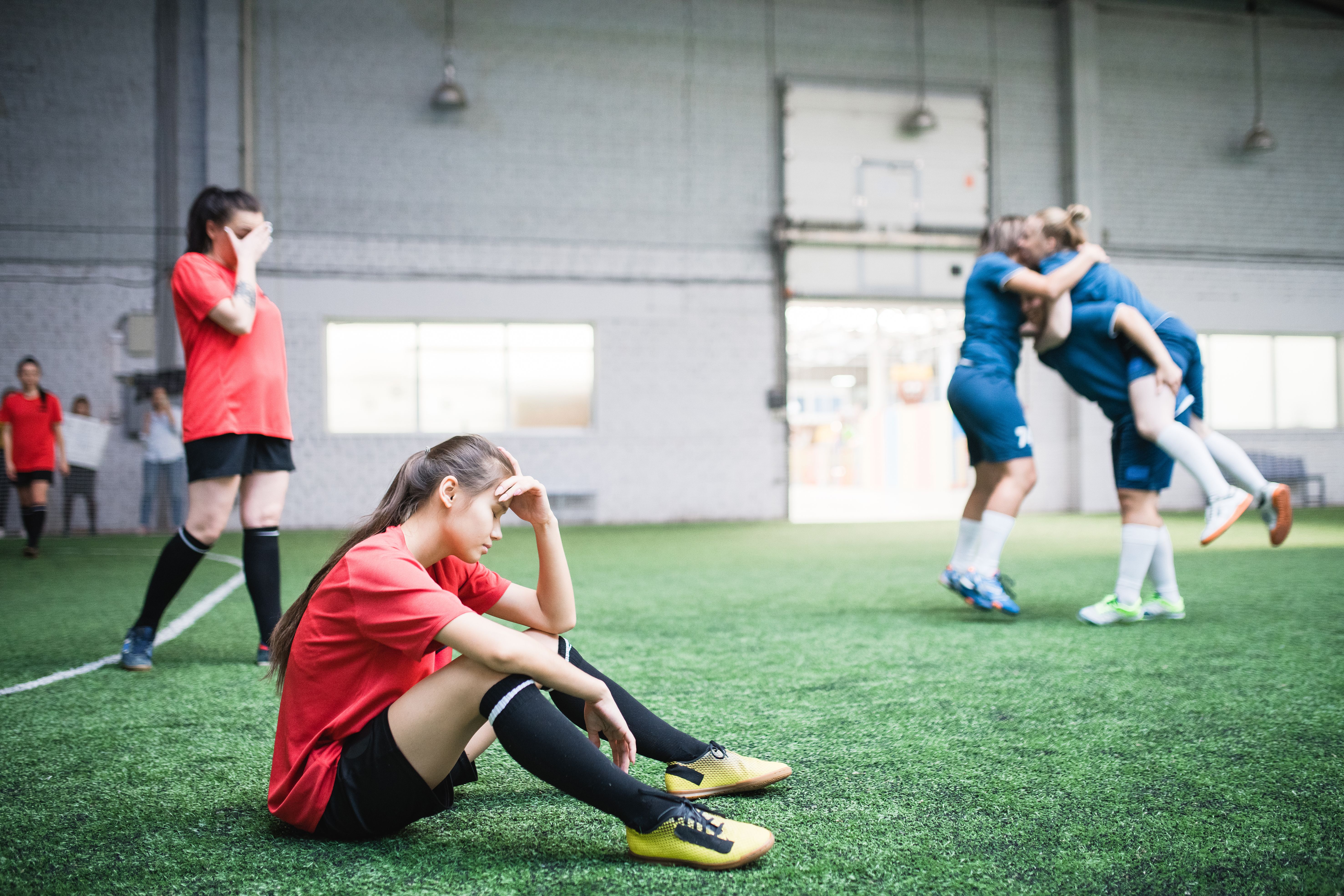
Autistic people often find traditional sporting environments overwhelming, particularly due to sensory overload caused by noise, visual complexity or physical contact. You may therefore need to make some careful changes to the gym, field or sports hall, in order to reduce these problems. Adopt a person-centred approach with the individual, so that you learn about his or her preferences, triggers and routines; this can include using techniques such as limiting distractions, providing structure and using familiar settings to encourage comfort and participation.
One-to-one coaching is often an effective starting point, with the potential to gradually introduce group environments as confidence and coping strategies develop. Autistic individuals typically thrive on consistency, so learning to introduce change in a controlled and pre-warned manner is essential. Even seemingly minor adjustments, such as altering equipment or locations, can have a significant impact. You should therefore plan your sessions meticulously and ensure continuity wherever possible.
Communication also plays a vital role in supporting autistic athletes. Give clear, literal and concise verbal instructions and accompany these with visual demonstrations and kinesthetic guidance when appropriate. Many autistic individuals struggle with kinesthetic awareness and may therefore benefit from repeated demonstrations and trial-and-error learning. Understanding the 'why' behind an activity can also be a motivating factor: it is always helpful to explain the purpose of exercises and drills.
The most optimal training method is the one the athlete can stick to.
Motivation is often enhanced when training taps into the individual’s interests or strengths: incorporate special interests into sessions and you will usually see far greater engagement. For example, modifying an exercise using a theme or object that resonates with the athlete may encourage participation. Similarly, you can introduce games or challenges to teach key movement patterns or technical skills in a fun and relatable way.
Adaptation of exercises is another important area. Although principles of progression and regression still apply, you should also consider additional layers such as sensory regulation, spatial awareness and vestibular sensitivity. (The vestibular sense provides information about where our body is in space and whether we are moving; it is closely linked with balance, vision, coordination and posture.) Choose and teach exercises in a way that supports the athlete’s ability to process and respond to multiple stimuli. Try to avoid introducing high-risk or complex activities until foundational competence is clearly established. It is also a good idea to deconstruct movement patterns into manageable layers and to avoid overloading athletes with too many instructions at once.
Autistic people often learn best through “doing” rather than following a verbal instruction.
Autistic athletes may also fail to recognise internal signals, such as thirst, fatigue, or pain. Be extra-vigilant therefore and don’t just rely on verbal feedback from the athletes to assess discomfort or exertion. Regular hydration breaks and visual schedules can provide a sense of structure while addressing physiological needs. Emotional self-regulation can also be difficult, particularly in younger athletes, so remember to factor this into session design and coaching behaviours.
Ultimately, the goal is to support consistent engagement over time. The optimal programme design will consider the individual's learning profile, emotional regulation needs and sensory preferences. Coaches should aim for steady progress, celebrating small achievements and creating a safe, enjoyable environment where autistic athletes can thrive.
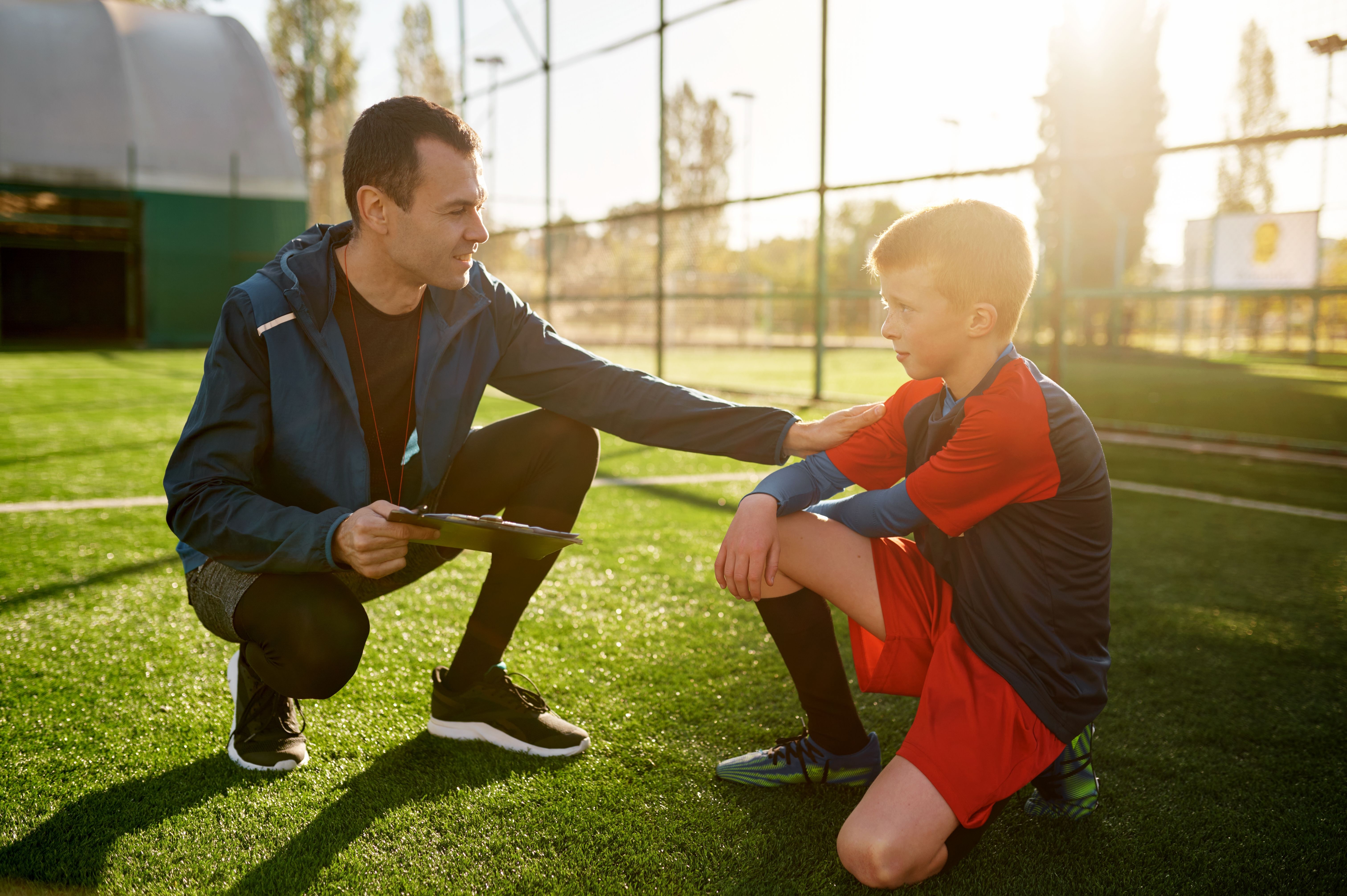
In conclusion, S&C training for autistic people requires careful consideration, planning and adaptability. The role of the coach extends beyond physical preparation. It also includes building trust, improving social understanding and supporting the athlete’s broader development.
Although the condition presents challenges, it also offers opportunities for creative, empathetic and highly rewarding coaching. A thorough understanding of the individual, combined with flexibility in coaching methods and a willingness to learn, is essential if the coach is to deliver meaningful and effective support.
With the right approach, S&C coaches can make a profound difference in the lives of autistic athletes, enabling them to achieve their full physical potential.
